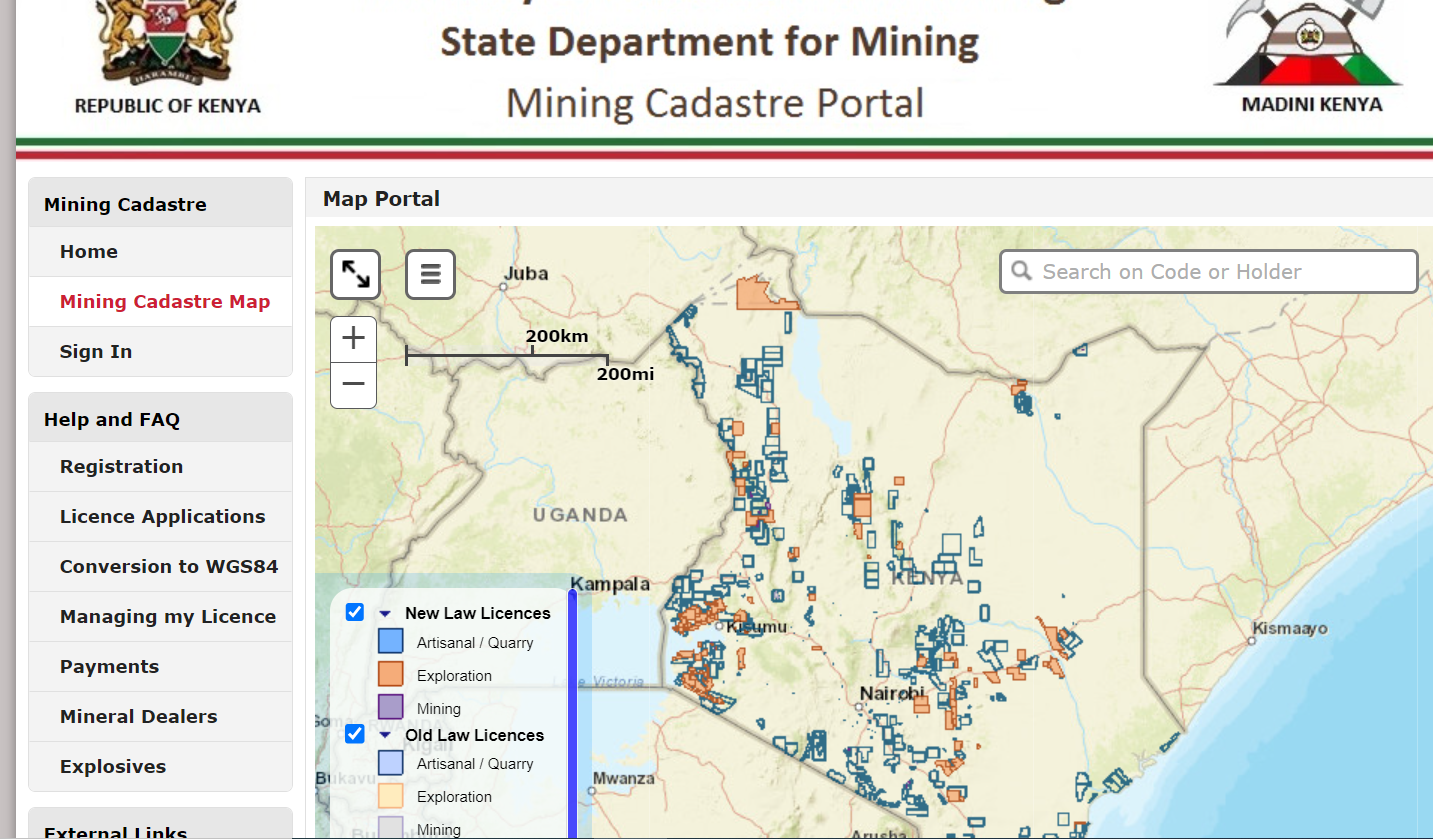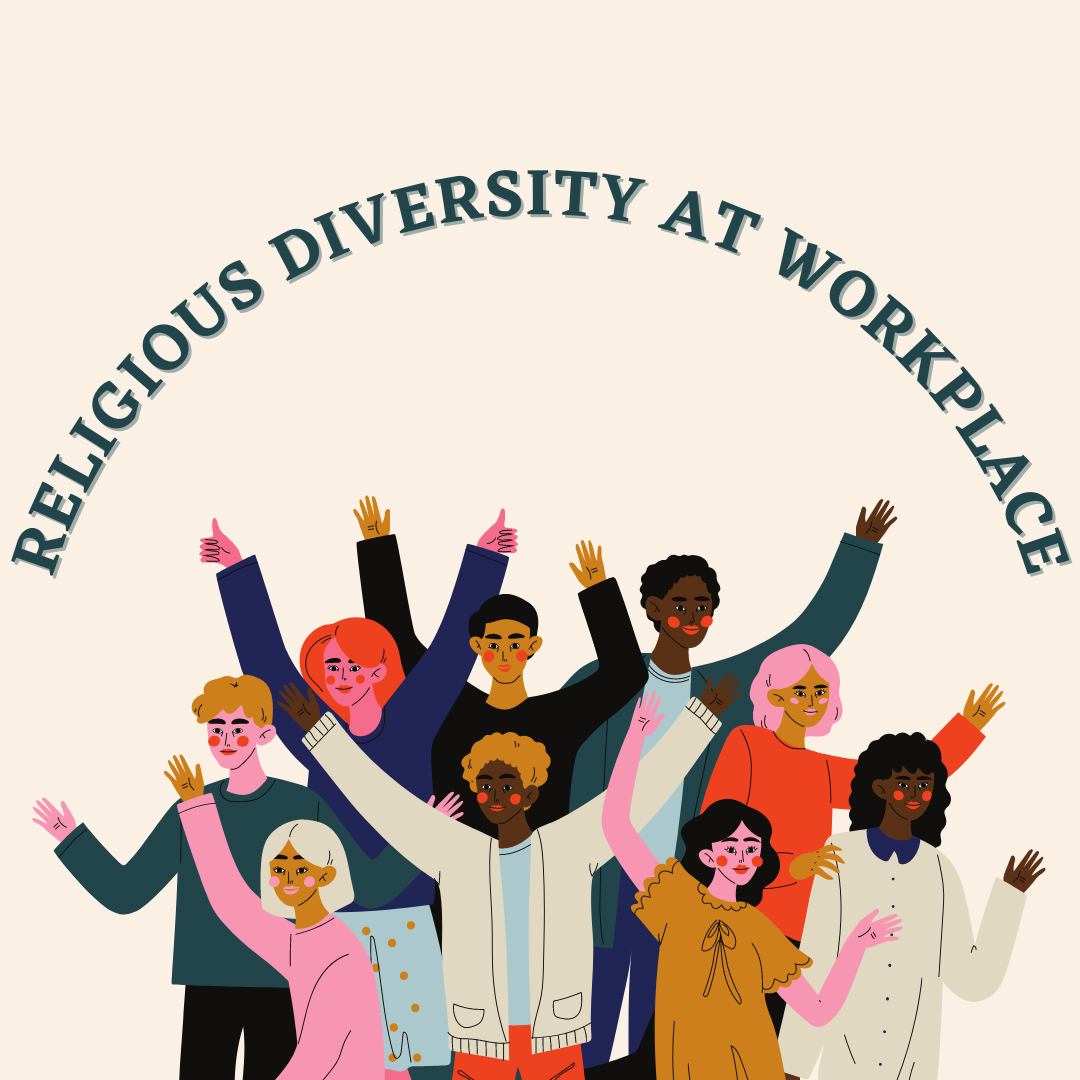What is Business Continuity Planning?
Business Continuity planning is part of risk management in business. The impact of the Corona Virus on businesses and life, in general, is unprecedented. The world is glued on statistics from WHO, John Hopkins University, World Meters, and ECDC among others as it gets worse by the day. The pandemic has led to shutdowns for millions of global citizens in different parts of the world, quarantines, and closure of schools, travel advisories and areas of entertainment. Do existing business continuity planning models include pandemic preparedness planning in a business context? How long will businesses take to recover from the impact of Coronavirus?
Socio-Economic Impact of Coronavirus
The spread of the virus has been fueled by global connectivity. The occurrence of the virus during Chinese New Year is when all Chinese from all over the world travel home to observe this important holiday. This has had an impact on value chains across the world.
Impact on travel
the airline and hospitality industry has been hardest hit by the pandemic. Hotels bookings have been cancelled all over the world. There is a risk of job losses. There are thousands of flights cancelled and major pronouncements made every day by countries. In some cases, citizens and workers have gone on strike over airlines operating on particular routes. Adjacent countries like Kenya and Uganda have limited movements between borders.
Education Impact
Direct impacts include the closure of schools and businesses. Parents are now having to learn how to be teachers for students in varying grades. Making home a place for learning has been a challenge for most parents. The fees paid to schools will not be utilized and in some cases, it has to be refunded. In instances where refunds are not made
Economic impact
Panic buying has disrupted the value chain. The indirect impact is the effect on the GDP of various countries. Commodity companies and countries like Australia, South Africa were hardest hit when China could not consistently import their minerals for industrial use. The decline in oil prices has been experienced in the recent past. Whiles some commodities will have no market, hygiene-related commodities and pharmaceuticals and medical supplies are on high demand.
Political impacts
The political impact of the pandemic cannot be ignored and will swing the votes in many countries depending on how leaders handle the crisis. Donald Trump has been seen in most cases blaming China for the disease and referring to it as the Chinese virus. Primaries in the USA did not happen due to low voter turnout. Kenya has been having Bridging Bridges Initiative Rallies that aimed at changing the constitution, this has been impacted too.
Behavioural Changes
Basic behavioural changes like hand washing that is sometimes assumed have been emphasized. Usual areas of interaction are no longer available and this will affect businesses in these lines.
Religious Impacts
The impact on religion has been high due to the required social distancing. A South Korean Church was at the centre of the spread of the disease in the country and the impacts are still being felt to date. Most countries have closed their churches and have moved the preachings online. This is the same for mosques and other religions. Videos circulating online show police dispersing churchgoers who did not follow the government’s orders that banned churches. For the Catholic Church, the pandemic has come at a time that is important to the church, the lent season. This was blamed for the spread in Italy and Spain being predominantly catholic although there is no direct evidence linking the same. Major festivities will not happen as usual although the church has declined to cancel mass throughout the world. However, the way worship is conducted will also change.
Fear and Anxiety
The number of new cases and deaths reported every day by various mainstream media and social media outlets has been causing a lot of stress to all sections of the population. Nobody likes death. More anxiety is caused by the fact nobody knows how long this will last or whether they have enough resources to last them during this period. For people who are used to a routine of going to work all their life, staying home has caused a lot of changes and hence stress. Fear of job losses or losses in business has also engulfed nations.
Job losses
In most cases, businesses do not know what to do in terms of salaries. If you aren’t making money how do you pay your workers? A few have insurance but only a few. Governments will pay salaries but the impact on taxes collected will be huge. Some employers have asked their employees to take unpaid leave. Developed nations like the USA and Finland will give some money for their citizens during the tough times but this cannot be said about developing Nations.
Impact on Financial Transactions
China noted that the money in circulation was spreading the virus. This will shift global transactions from cash to cashless. In another twist, there have been huge sales of stocks and withdrawals as people prepare for an emergency lockdown.
Impact on Aviation and Transportation
Air travel has been highly affected. Travelling within countries has also been limited. In some countries, the announcement of the first case caused panic to travel to where people felt they would have supplies and in particular the rural areas.
Impacts on Sports
Most sports tournaments have been cancelled. The losses of this will run into billions. Although Japan is still positive about holding the Olympics. It will remain
Agriculture sector
In most areas where there is a lockdown, it is difficult to get the product to the market. The shops that stock the pharmaceuticals required to control pests and weeds are also affected. In most cases, the workers will not be available to work on the farms.
Impact on Entertainment and Sports
Online streaming and TV will have more viewers. There is worry about crushing the internet over demand for bandwidth in some countries like the United Kingdom.
Some Mitigation Measures Adopted by Countries
At first, although China Notified the World Health Organization of a dangerous pneumonia-like disease, most countries adopted a wait-and-see attitude while others moved to block the flights from China. After the Diamond Princess cruise was affected, most countries prevented the cruises from docking in their countries. It is however noted that no country anticipated the severity of the impact that has been experienced. However, some countries have put better measures than others.
Quarantines
Both state-sponsored quarantine and self-quarantined have been proposed. However, the self-quarantine has not worked very well in most cases. The travellers lacked the discipline to stay indoors for 14 days. This is considered to be the maximum incubation period of the disease in most cases.
Spraying
The countries have been spraying areas that are suspected to be infected. These include residential houses of those who are affected and hospitals. Public places among others. The virus is known to survive on surfaces for a number of hours as shown below. Source (perolsblog.com)
Use of Mobile money and online transactions
While in some countries like America, people rush for cash most governments have advised their citizens to use mobile money. In Kenya, for example, there was a waiver of all charges on mobile money transactions below Kshs. 1000 which is equivalent to USD 10. This, however, has not worked for the public transport system and vegetable vendors who have a huge number of clients.
History of Business Continuity Planning
Continuity Management traces its origin from disaster recovery and planning to contingency planning and later strategically focused management issues. The process has since changed over time pushed by past events, stakeholders, and changing needs at the organizational level. It has moved the focus from technical to compliance and later to strategic. Business continuity and risk management tools have more or less followed some principles and most companies have.
Past Disasters that Shaped Continuity Planning
there have been many natural and manmade disasters that have shaped risk management in the world as we know it. Among the natural include volcanoes, and hurricanes. Manmade like terrorism, nuclear disasters like Chornobyl, aircraft accidents among others
Over time, change in technology has been incorporated as a big part of risk and disaster management.
CDC had developed some tools that could be used for pandemic planning. Although initially developed for influenza. This is mostly useful for policymakers but not much on the business side. Some lessons learned from SARS can be applied although they happened during a totally different time and environment.
Inadequacy of Business Continuity Planning as we know it
Most risk officers are finding themselves in a place they never imagined or planned for. Activation of remote sites is not a viable option and this calls for new lessons that will shape BCP in the future. Private companies are grappling to activate BCP measures. The government have found themselves implementing measures either too late or with no impact whatsoever. In addition, they have found themselves convening emergency committees composed of people who have no skills or background in disaster management.
In some countries like Singapore, the government issued guidelines for Novel Coronavirus BCP. They recommend the appointment of senior managers to oversee coronavirus-related BCP. They also recommend a multi-department committee and teams to manage operations.
Some businesses have been forced to decentralise and have teams work from different locations to minimize long-distance travel. Businesses that did not have work from a home policies have found themselves at a loss while implementing the same abruptly.
Some companies have had to supply personal protective types of equipment and supplies to their staff.
The challenge has also been experienced in companies handling very private information and those that don’t allow taking work home. These may include courts in some jurisdictions.
Pandemic preparedness measures have been
Not everyone is used to working from home. Managing teams working from home is also a challenge for many organizations that have systems based on location.
Conclusion
Business continuity planning is not about and is not prescriptive on actions hence appreciates the dynamism of crisis. The insights given can be useful both for human-induced and manmade disasters.





